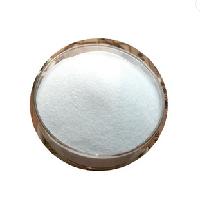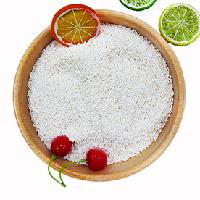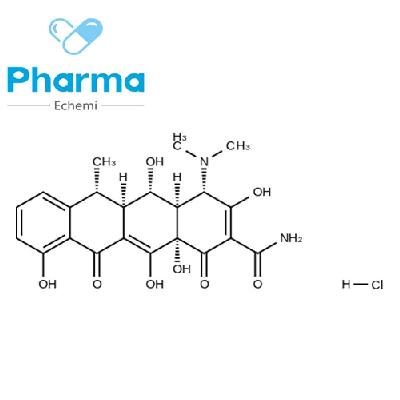According to reports, up to now, 2860 drugs have entered the national medical insurance directory, and 67% of the listed rare disease drugs in China are among them, which greatly reduces the drug burden of
patients.
Rare diseases are diseases
with a very low prevalence and a small number of patients.
In China, according to the definition of the "China Rare Disease Definition Research Report 2021", there are about 1,400 rare diseases in China, corresponding to about 20 million
rare disease patients in China.
However, due to the difficulty of research and development, small audience, high price and difficult promotion, there is a huge unmet clinical demand
in the domestic rare disease market.
In order to make rare diseases not rare, in recent years, relevant departments in China have successively issued a series of favorable policies, increased attention to rare diseases, and encouraged pharmaceutical companies to develop rare disease drugs
.
For example, in 2021, the Center for Drug Evaluation issued the Technical Guidelines for Clinical R&D of Drugs for Rare Diseases, encouraging more flexible design based on ensuring rigorous science in close combination with the characteristics of their own diseases, so as to obtain more adequate scientific evidence through limited patient data, meet the assessment of benefits and risks, and support regulatory decision-making, so as to encourage more pharmaceutical companies to participate in the research and development of rare diseases.
In May this year, the State Food and Drug Administration issued the Regulations for the Implementation of the Drug Administration Law of the People's Republic of China (Draft Amendments for Solicitation of Comments), which once again explicitly encourages the development and innovation
of drugs for children and rare diseases.
At the same time, in order to achieve that "every small group should not be abandoned", rare disease drugs are accelerating their entry into medical insurance, continuously improving the accessibility of rare disease drugs, and reducing the burden on
patients.
According to statistics, there are 87 drugs indicating the indications for rare diseases in China, involving 43 rare diseases
.
As of the 2021 national medical insurance negotiation, 58 drugs have been included in the national medical insurance, accounting for 67% of the listed rare disease drugs, covering 29 rare diseases
.
In the 2021 national medical insurance catalog, Nocinaxen sodium injection for the treatment of SMA (spinal muscular atrophy) was officially included in the medical insurance drug list, the drug used to be as high as 700,000 yuan a shot, and after medical insurance negotiations, it was reduced to 33,000 yuan, greatly reducing the cost burden
of SMA patients.
In addition, the high-priced rare disease drug Ripjia (agalase α concentrated solution for injection), a high-priced rare disease drug that has also successfully entered the 2021 national medical insurance directory, bringing hope
to patients.
The adjustment of the just-released national medical insurance catalogue is also obviously tilted
towards the use of drugs for rare diseases.
For example, there is no time limit
for "approval for marketing after January 1, 2017" for the declaration conditions for rare disease drugs.
According to the list of drugs that have passed the preliminary formal review adjusted by the national medical insurance catalogue in 2022, there are a total of 344 varieties that have passed the preliminary examination, of which 19 are unrare disease drugs, and all of them are Western medicines, and the treatment areas include hereditary angioedema, spinal muscular atrophy, Gaucher disease, mucopolysaccharide accumulation disease, Pompe disease, etc
.
It is worth looking forward to
whether these rare disease drugs can advance into medical insurance.
With the increasing attention of rare diseases and the support of medical insurance policies, in addition to multinational pharmaceutical companies, more and more local pharmaceutical companies have joined the R&D team of rare disease drugs, including Hengrui Pharmaceutical, Shanghai Pharmaceutical, Hansen Pharmaceutical, Sunflower Pharmaceutical, BeiGene, Junshi Biologics, CANbridge, CP Tianqing, etc
.
The domestic rare disease drug market space is huge
.
According to Frost & Sullivan, China's rare disease drug market will increase from US$1.
3 billion in 2020 to US$25.
9 billion in 2030, with an average annual compound growth rate of 34.
5%.
={"common":{"bdSnsKey":{},"bdText":"","bdMini":"1","bdMiniList":false,"bdPic":"","bdStyle":"0","bdSize":"32"},"share":{},"image":{"viewList":[" weixin","sqq","qzone","tsina","tqq","tsohu","tieba","renren","youdao","fx","ty","fbook","twi","copy","print"],"viewText":"Share to:","viewSize":"24"},"selectShare":{" bdContainerClass":null,"bdSelectMiniList":["weixin","sqq","qzone","tsina","tqq","tsohu","tieba","renren","youdao","fx","ty","fbook","twi","copy","print"]}}; with(document)0[(getElementsByTagName('head')[0]|| body).
appendChild(createElement('script')).
src='http://bdimg.
share.
baidu.
com/static/api/js/share.
js?v=89860593.
js?cdnversion='+~(-new Date()/36e5)]; 






